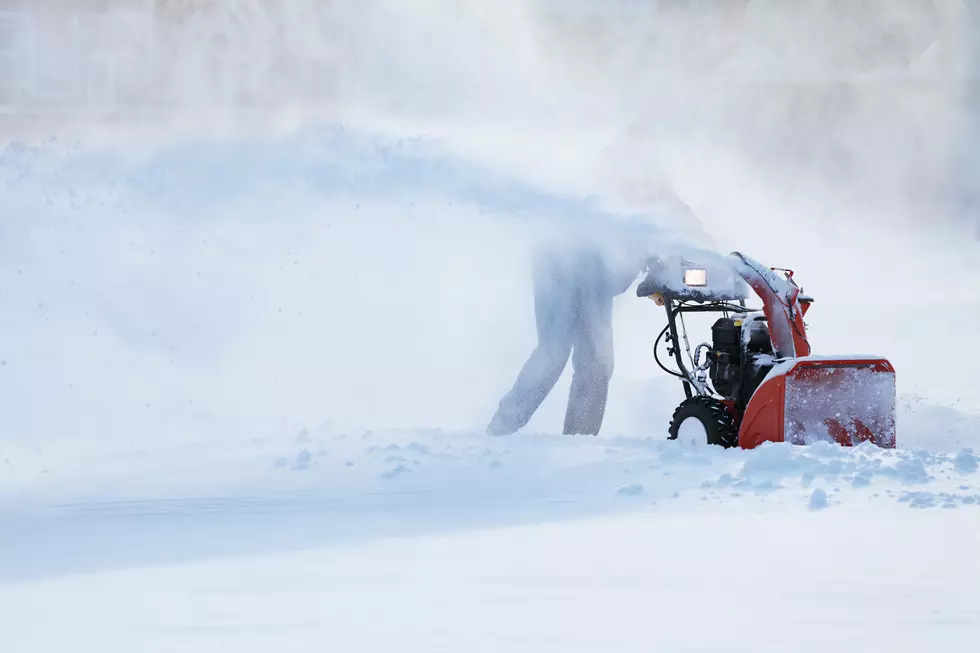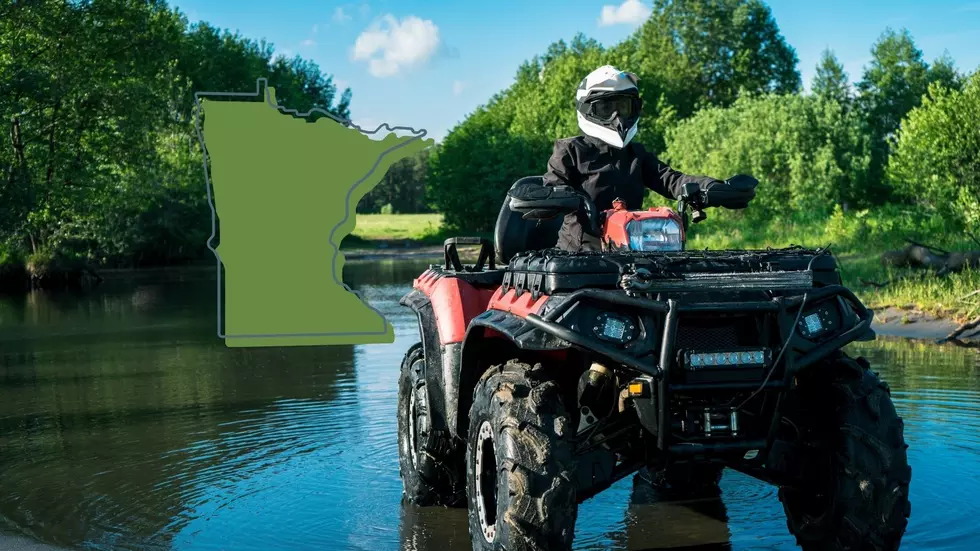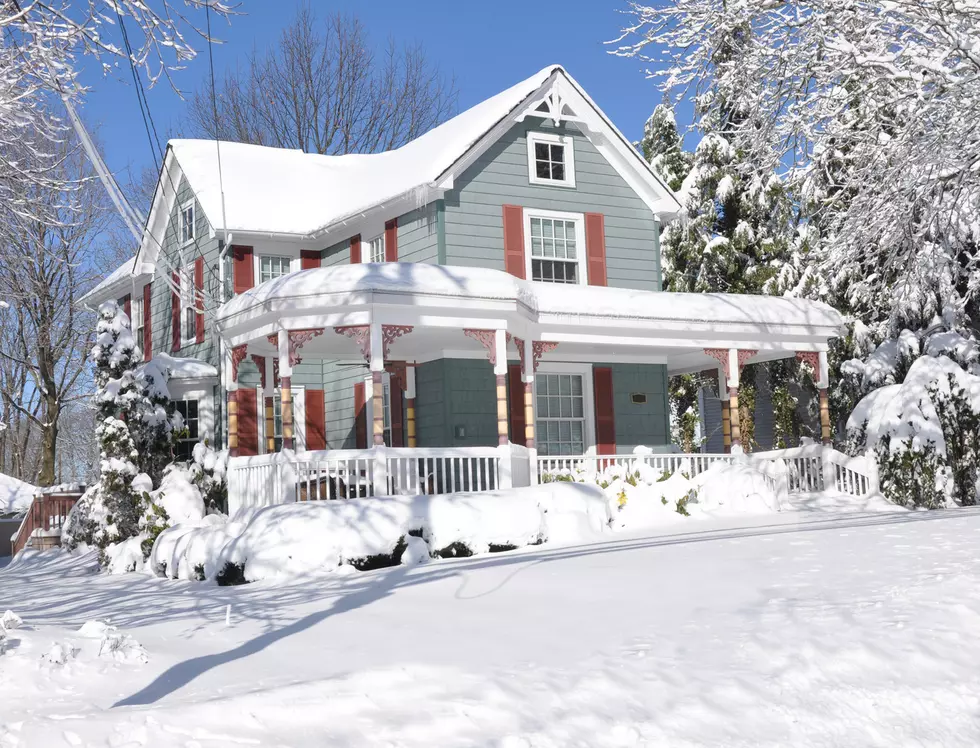
Snow Blower Maintenance Tips Before Winter In Minnesota + Wisconsin
I won't throw out a guess as to when we will get our first substantial snowstorm this year, but being that it's almost October, we know it's not far off.
Like most years, I'm not really looking forward to winter. I don't snowmobile or ski anymore, and I barely get out ice fishing. My mid-section would tell you I should be out and more active all year round, but I just don't care for the cold.
I did spend some money on a new to me and virtually like-new snow blower a couple of weeks ago and the getting older art of me is actually excited to use it. Now, don't take that as me wanting snow tomorrow, but when it does get here, I'll be ready.
I only bought my first snow blower in my life last year, and it works ok. It was a smidgen underpowered for my driveway so that's why I upgraded. Machines like that need maintenance though, especially since they sit unused for many months. Here are some basic things to check, and change. or consider with your snow blower before we have our first big snow event.

Check and/or change snow blower spark plugs
It doesn't take much for a spark plug to get fouled up, especially if you aren't running some quality non-oxy premium fuel in small engines. That 87-octane Minnesota corn gas is garbage in my opinion so if you are using it, maybe consider jumping up a couple of tiers. Changing a spark plug on most snow blowers is incredibly easy and they will generally run anywhere from a few dollars up to ten.
Check and/or change the snow blower's oil
Changing the oil on a snow blower is also another generally easy and inexpensive maintenance task. Just make sure you are using a viscosity and oil type that meets the specs for your particular machine. Even if it looks okay, changing it once a year is good piece of mind, especially right before the snowy season.
Buy extra snow blower shear pins
Shear pins connect your snow blower's auger flights to the auger shaft. They are safety components that break if the auger torque is too much. Often this happens if you are working the machine too hard with tougher and more icy snow, or trying to blow through a large and compacted snowbank. The shear pins break so your auger drive shaft doesn't. Shear pins like spark plugs aren't that expensive, costing only five to fifteen bucks for several of them. If you don't have any on hand in the garage or shed, grab some before winter in case they do break in the middle of a big storm.
Check snow blower drive belt
Depending on your snow blower model, you may have one or several belts. Check them for wear and replace them as needed. Having a spare drive belt is another great thing to keep on hand in the event one snaps.
Inspect snow blower skid shoes and/or shave plate
These wear items sometimes need replacing and they aren't hard to change, usually held on with a couple of bolts. Check for obvious damage, excessive wear, and adjustment as needed.
Inspect snow blower air filter
Air filters need to be clean for the engine to breathe properly. Even with winter use, dust and debris can get into an air filter and clog it up. They also can break down and degrade when old, so inspect and replace them as needed. Unless you have some crazy off-brand model, air filters for snow blowers also aren't that expensive. It's probably not an item you need to keep on hand though, especially if you're inspecting it often enough. They generally don't just suddenly go bad.
What else would you add to this list for snow blower maintenance?
The 12 Stages Of A Winter In The Northland
More From B105









